
Do you have a question about the Cisco Secure Firewall 3100 and is the answer not in the manual?
Compares multi-instance and appliance deployment modes for the Secure Firewall 3100.
Details the dedicated Management interface for chassis management in multi-instance mode.
Explains the management of physical, VLAN, and EtherChannel interfaces at chassis and instance levels.
Discusses conserving physical interface usage and supporting flexible deployments through interface sharing.
Explains packet classification methods using unique interfaces and MAC addresses for instance routing.
Illustrates packet classification scenarios for shared interfaces and incoming traffic from inside networks.
Covers unique interface requirements and packet classification for transparent firewall instances.
Details interface requirements for inline sets and packet classification based on the ingress interface.
Defines cascading instances, where one instance is placed in front of another, and provides an example.
Describes a common deployment scenario with three container instances in routed firewall mode.
Explains limits and best practices for data-sharing interfaces, including instances per shared interface.
Explains how the chassis automatically generates unique MAC addresses for instance interfaces.
Details how to calculate platform throughput based on assigned CPU cores for each instance.
Clarifies that licenses are consumed per chassis, not per individual instance.
Lists necessary requirements and prerequisites for deploying instances, including model support and resources.
Outlines general guidelines and specific limitations for multi-instance deployments, including unsupported features.
Covers initial steps to configure instances, including enabling multi-instance mode via the console port.
Details the procedure to enable multi-instance mode using the FXOS CLI.
Explains how to add the multi-instance chassis to the management center for unified management.
Describes configuring basic Ethernet settings for physical and VLAN subinterfaces at the chassis level.
Provides instructions for creating and configuring EtherChannel interfaces, including member selection and LACP settings.
Guides on adding subinterfaces to the chassis, including VLAN ID uniqueness rules and limits.
Details the steps to add one or more container instances to the chassis via the management center.
Covers configuring chassis-level settings like SNMP and managing system configurations.
Explains how to configure SNMP settings for chassis system information access.
Outlines the process for exporting and importing chassis configuration files for backup or migration.
Guides on creating and managing platform settings policies that can be applied across multiple chassis.
Details how to configure DNS server settings for the chassis to resolve hostnames.
Covers enabling the SSH server and setting up access lists for secure remote management.
Explains how to enable and configure syslog logging for the chassis' FXOS operating system.
Guides on setting up NTP servers for accurate time synchronization across the chassis.
Describes less common tasks related to managing multi-instance mode, including interface changes.
Explains how to modify interface assignments for an existing instance and the impact of changes.
Details how to modify management IP, gateway, and passwords using the FXOS CLI.
Provides FXOS commands to check the current mode and multi-instance setup details of the chassis.
Shows commands to monitor switch forwarding rules and ECMP/MCAST group membership for instances.
Lists version history, new/modified screens, CLI commands, and platform restrictions for multi-instance mode.
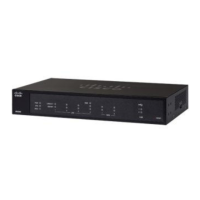
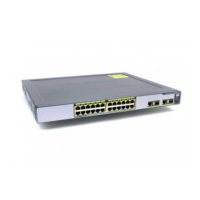
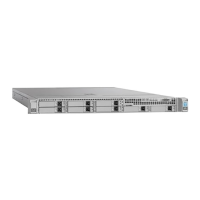

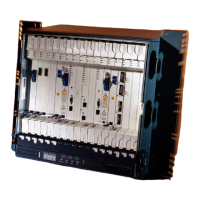
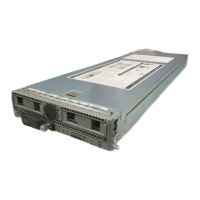
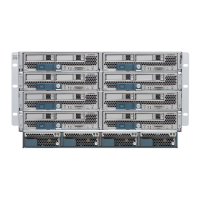

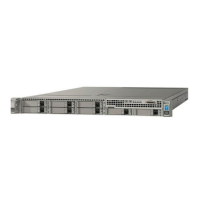
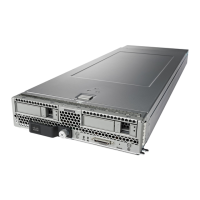
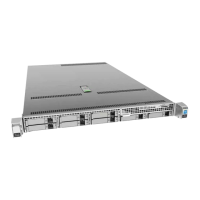
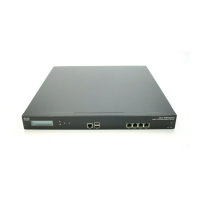
